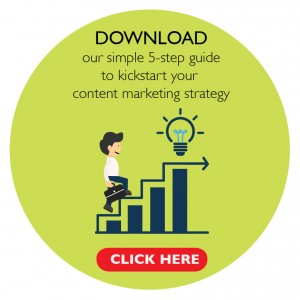So you’ve spent the past few weeks working on a social media campaign or advertisement. All the copy has been written, creatives have been approved and it finally goes live. Just as you mentally clink champagne-filled glasses in your head, the results come back and it becomes evident that your campaign just hasn’t worked the way you hoped it would – and if your target audience is not responding, something is definitely wrong.
The devil’s in the numbers and crafting great content is important, but so is making sure that there are quantifiable and measurable metrics that can help you see where you went wrong and how you can do better next time. Here’s what you should do:
1. Define your goals
Before you get too excited and start going into the creative side of things, it is vital that you first define your campaign goals. What exactly are you trying to achieve from this campaign?
To help you along, think about the kind of social actions (eg. like, react, share, comment, tag) you want your audience to take when interacting with your campaign. This can be measured in terms of impressions, shares, clicks, sessions or purchase actions.
2. Choose appropriate metrics that correspond with your goals
Most Facebook campaigns have two main goals: Driving traffic and increasing engagement & awareness.
To drive traffic, track all URLs you post on social media so you know how many clicks and conversions you’re getting. To do this, you can use Google’s URL builder to set your link’s parameters.
TIP: Google’s URL builder is linked to your Google Analytics account so it will reflect what your audience clicked on as well as other key insights. All this should give you a better understanding of what interests your audience
To measure engagement and awareness, look at the reach, number of shares, likes and comments under your posts. These are telling because it will provide you with insight into what prompts someone to take certain actions.
3. Measure
Now that you’ve got your campaign and the right metrics, the next step is to measure performance. What good is a campaign if you don’t know how or if it actually helps fulfill your goals?
Facebook’s Power Editor is a good tool for looking at different kinds of metrics that may be relevant to your campaign. However, you should also be looking at numbers from Google Analytics. Linking up your Facebook page to Google Analytics is key and it’s pretty simple.
TIP: Remember to link Facebook and Google Analytics BEFORE you launch your campaign.
4. Track and Optimise
Track your numbers over a period of time and review them weekly. You’ll have some good weeks and some bad ones so don’t stress if there are occasional dips in performance, but be alert to any trends that may be forming within your audience.
For example, if you notice that more women from your timeline tend to click into your website, while men visit via the Facebook ads on the right-hand-side column, the content that you push out can be better tailored to these specific behaviours. Knowing the small details will help you improve your content so you’ll be able to target your audience more accurately.
Next, optimise the results. Optimisation is a broad term and really depends on the situation. This might mean having to shut down posts or ads that aren’t doing well in certain placements. Instead, you can use that budget for others that are giving you good and consistent results. Try switching up your copy, your creatives or even changing your audience segments – see what works best for your business.
5. Evaluate
This is how you’ll know whether your campaign was a huge success or perhaps why it flopped. It may be a trial and error process in the beginning but dealing with analytics earlier helps you understand your audience so you can tailor your campaigns better.
When it comes to social media, the numbers don’t lie. You can have great content but it must be effective in reaching your audience, otherwise it’s like hosting an amazing party with no guests!
Need help getting your social media content in tip-top shape? Write to us at [email protected].


